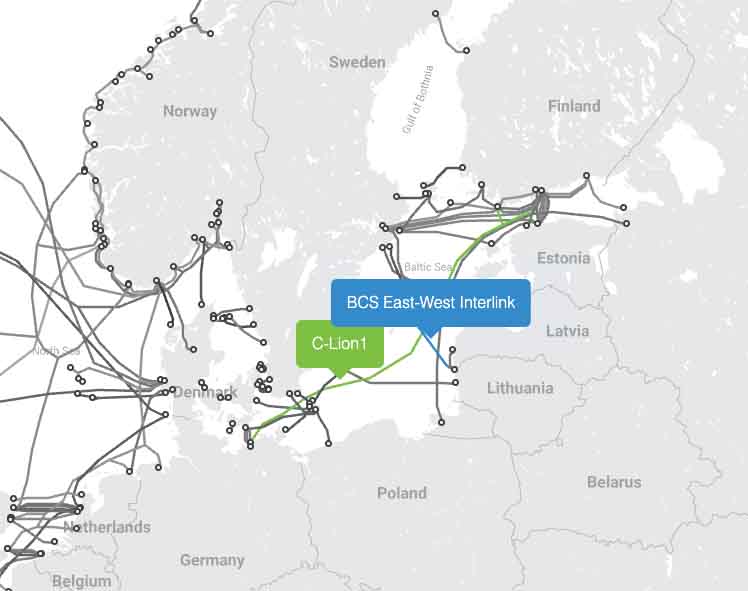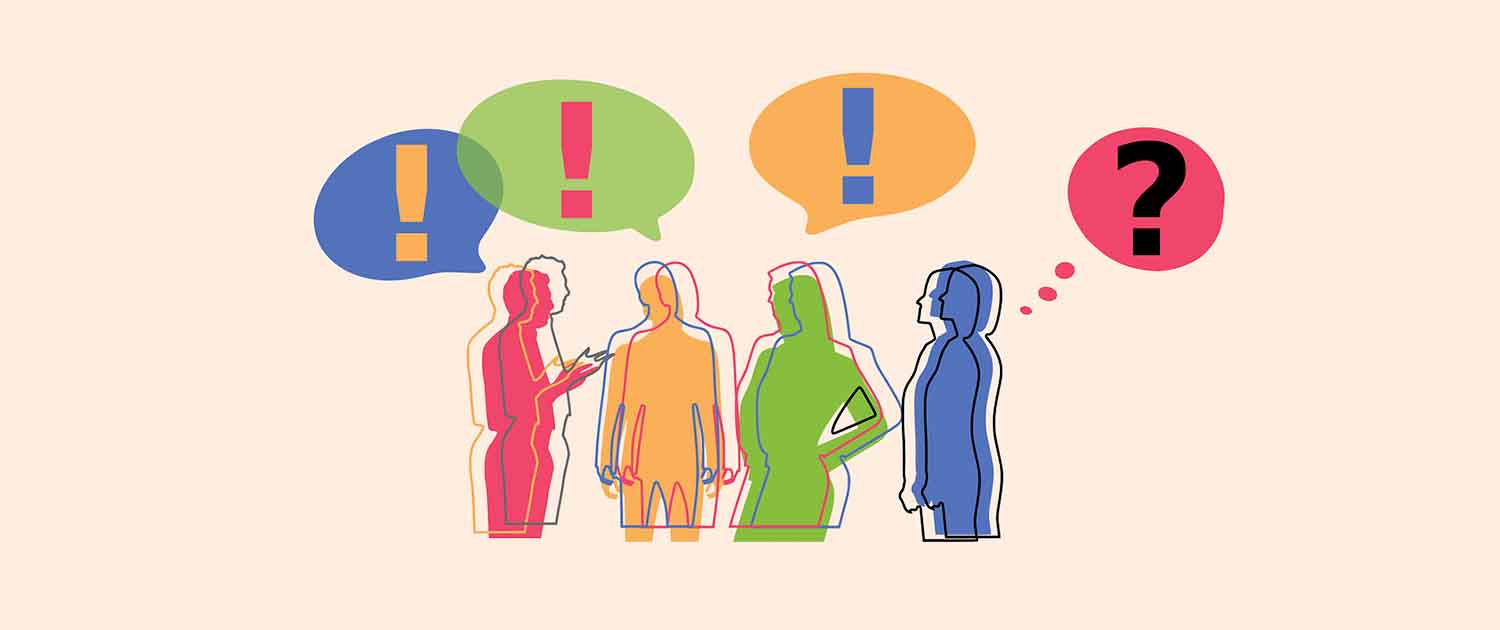- Around 150 subsea cable faults occur annually, usually caused by accidental damage from a ship’s anchor or fishing trawler.
- Despite this, the recent subsea cable faults in the Baltic Sea has caused many to speculate foul play.
- The narrative of the story should highlight the resilience of subsea cables and the Internet as a whole to continue working despite these and other faults.
Around 99% of all Internet traffic runs through nearly 600 subsea cable systems worldwide. These (primarily) fiber optic connections are the latest generation of a more than 160-year-old practice of spanning seas, lakes, and oceans with watertight cables to carry telecommunications traffic.
Governments and the general public are increasingly aware of these systems. Still, this awareness usually comes in the form of stories about suspected attacks on them, and these stories are only sometimes grounded in evidence.
Two subsea cables (C-LIon and BCS East-West Interlink) in the Baltic Sea were reportedly damaged on 17 and 18 November 2024.

Governments in the region responded quickly. The foreign ministers of Finland and Germany issued a joint statement saying that European security is at risk from “hybrid warfare by malicious actors. “CNN quickly picked up on this, using “hybrid warfare” in a headline, implying that it was the explanation. Boris Pistorius, Germany’s Defense Minister, even said, “Nobody believes that these cables were accidentally severed.”
In contrast, the European Subsea Cables Association, an industry body that promotes the protection of subsea infrastructure, also responded that there isn’t enough evidence to draw a clear conclusion. They emphasized that this early speculation can be a catalyst for spreading misinformation and “leads to unhelpful and premature conclusions being drawn about the cause of cable damage.”
All that’s known so far is that the cables were damaged by “outside activity,” which is sometimes labeled with “external aggression.” But this refers to the fact that an object damaged a cable rather than an internal fault.
Human interaction is the most common cause of cable damage, usually accidental damage from a ship’s anchor or fishing trawler. It’s not possible to speculate on this incident, especially since the investigation isn’t finished, just to note that “human activity” as a cause does not clarify intent.
Cable Breaks Are Common
Around 150 cable faults—breakage or other types of damage—occur globally each year, and the industry is always prepared for them. Repair kits are kept in ports, and when a cable is damaged, one of the world’s 60 cable ships—there are always some on standby—is dispatched to pick up the kit and travel out to lift the cable from the seabed and repair it.
Before the 2020s, cable incidents rarely received media attention unless they were remarkable in some way. For example, in 2016, three cables in the English Channel that served the island of Jersey were severed when a ship’s anchor dragged along the seabed. This cut the three main subsea connections with the UK and left the island reliant on a single connection with France. According to the BBC, users experienced slower connections, but Cloudflare reported that the traffic was rerouted through France relatively quickly. Most reductions in speed for users probably resolved themselves before the cable ship had even picked up the repair kit.
Until recently, the biggest myth the industry had to address was that shark bites were a risk to cables (they aren’t). In 2024, it seems every subsea cable fault without an immediate and obvious explanation is met with alarmist language from governments, which is picked up by the media, looking for a good story about international conflict rather than listening to industry experts like ESCA.
If it does emerge that this most recent cable fault has a national security dimension, the authorities might never be able to share it fully. In this instance, it’s also helpful to note that there was little impact on the Internet for users. RIPE Labs reported that the traffic was successfully rerouted, with a bit of extra latency but no meaningful increase in packet loss.
The Baltic Sea Context
The Baltic Sea countries have been well-served by subsea cables since the mid-1990s when a combination of deregulation and post-Cold War activity helped trigger a boom in cable construction between the Nordic countries and the former East.
The Baltic cables are mostly what are called “unrepeatered” systems. These are used over shorter distances and don’t need a repeater as an internal power source, as the deep-sea cables that cross oceans do. Using an unrepeatered system is usually determined by geography, but these systems also provide extra route redundancy, which can lead to increased resilience of the overall network. The C-Lion, damaged in this incident, is one of the few repeatered systems in the Baltic, due to its length, but there aren’t many others.
The shorter-distance cables are powered from shoreline sheds and small landing stations, which are often so unobtrusive that you might not notice them. And while cable faults are common, it’s also common for cables to just sit on the seabed, doing their jobs, for decades. For example, in the Baltic, the main Estonia-Sweden cable went live in 1995, and until it was damaged by an anchor drag in 2023, there was no evidence that it had ever needed a repair before. Mattias Fridström of cable operator Arelion recently reported that it’s performing at the same levels as when it first launched almost three decades ago.
Resilience is the Result of Continuous Human Activity
It’s important not to dismiss security concerns, but telling stories of resilience can help ensure that the combative language doesn’t wholly overshadow one of society’s most critical infrastructures.
From a distance, resilience can look like inertia and, therefore, not much of a story. But resilience is incredibly active.
In the cable industry, it’s the product of things like good route planning, redundancy, proactive maintenance, and ongoing repair work—because in a resilient system, fallibility is expected and prepared for. And it’s all done by people, building relationships and working together in this tight-knit, highly collaborative industry.
It’s a worker on a cable ship, lowering a grappling hook into the sea to lift a damaged cable for repair. It’s the little celebrations at the shoreline when a new cable is pulled onto shore and connected in the beach manhole. It’s the delicate relationships that need to be developed to navigate complicated permitting processes across multiple nations’ waters. It’s the high-tech clean room where optical fibers are drawn from a many-storied tower, and the mid-century cable factory using a giant machine, which, thanks to regular maintenance, has survived longer than the first two companies that owned it, and has been armoring subsea cables since the 1950s. It’s ocean science researchers helping the industry address the effects of climate change. All in a telecommunications network built on more than 160 years of technology and human relationships.
When we look from a human-centered perspective, it’s still possible to account for security threats. We also activate the stories of the “network of networks” of people who are the reason that we never even know about the other 148 or so cable faults each year—or why the faults don’t happen at all.
Jane Ruffino is a doctoral researcher at Södertörn University in Stockholm, Sweden. She focuses on the subsea cable network in the Baltic Sea region and uses archaeology to make resilience visible. She’s also a UX content consultant working with the Internet Society Pulse team.
The views expressed by the authors of this blog are their own and do not necessarily reflect the views of the Internet Society.


